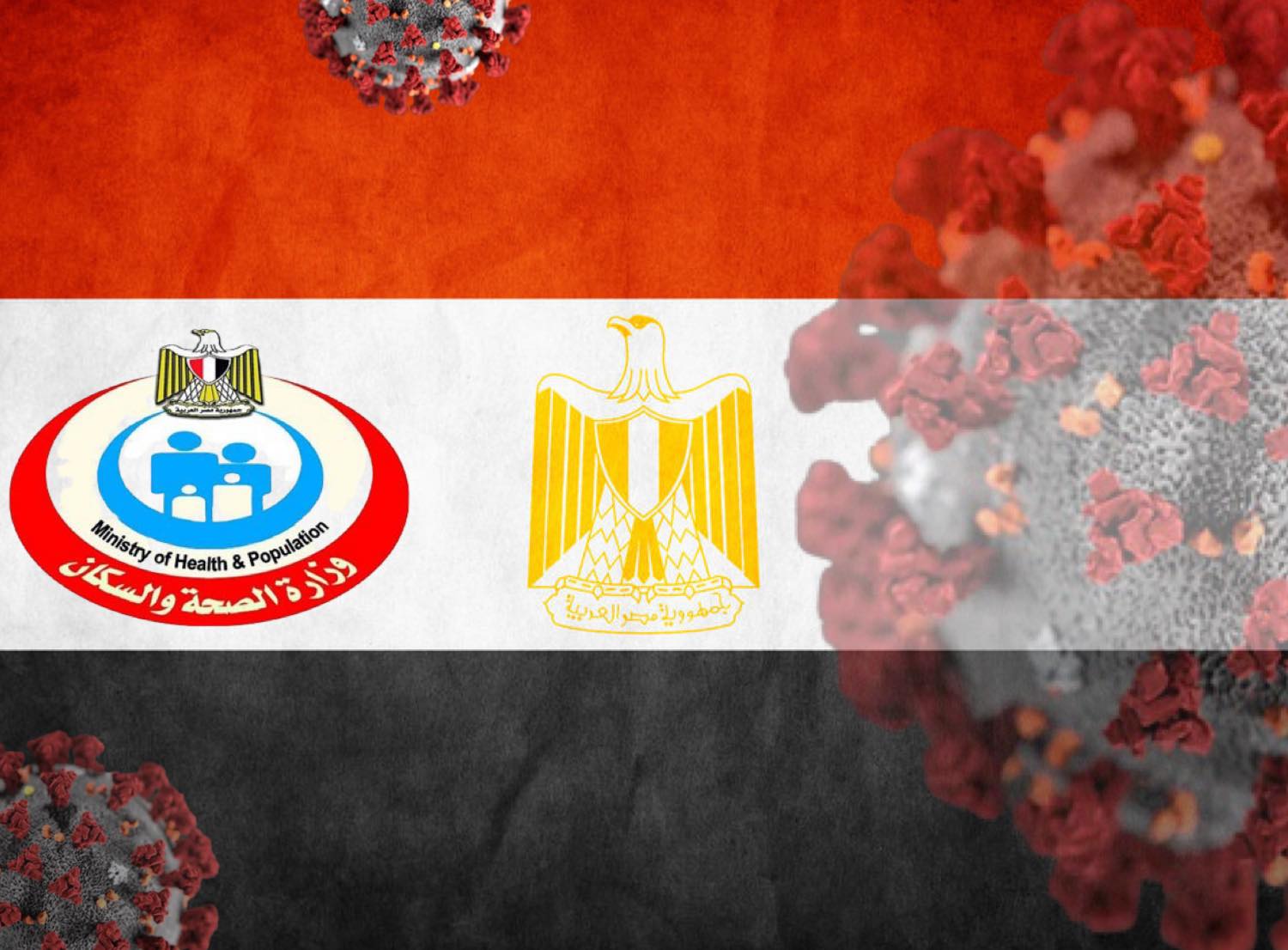The Egyptian announcement about informing Abdel Fattah Al-Sisi of the strategic plan of the state in the field of seawater desalination plants came as a confession to the failure of the Renaissance Dam negotiations (GERD) and the search for alternatives to the Nile River. The river’s waters will diminish because of the filling of the GERD.
According to an official statement, the position of the desalination plants, whether existing, currently under implementation or future ones, was reviewed in a meeting with Sisi and other state leaders. They also discussed the axes of that plan that include distributing the proposed stations nationwide and their material cost and production capacity, including desalination projects from the Red Sea using new and renewable energy.
The Egyptian strategic plan to expand the establishment of seawater desalination plants comes at an expected total cost of EGP 134.2 billion ($8.4 billion). The plan works on two axes, one of which is to provide alternative sources of drinking water and reuse water by expanding the establishment of seawater desalination plants and increasing the utilisation of groundwater. It also includes expanding the establishment of treatment plants for wastewater for reuse and benefiting from sewage water treatment for use in agriculture. The second axis works to reduce waste in drinking water by rationalising water consumption and reducing waste.
According to the plan, 146 sewage treatment plants are to be implemented in various governorates of the republic, with a capacity of 5.864 million cubic metres a day and at the cost of EGP 29.5 billion ($1.9 billion). The projects of seawater desalination plants in coastal cities, the capacity of the desalination plants, has increased in the previous six years from 80,000 cubic metres a day to about 800,000 cubic metres a day at present, where 65 desalination plants have been implemented.
The plan aims to expand the establishment of seawater desalination plants to provide drinking water needs. It was divided into six five-year plans that extend from 2020 to 2050 to provide a total capacity of 6.4 million cubic metres a day, at an expected total cost of EGP 134.2 billion ($8.4 billion). The announcement of the plan’s details comes as tension continues between Egypt and Ethiopia over the GERD. Several rounds of negotiations failed to resolve the outstanding issues between the two parties considering Ethiopia’s announcement it is completing the second phase of the dam’s lake. Egypt fears that the dam will deprive it of its water rights, while Ethiopia insists on its right to complete the GERD’s construction to generate electricity.
The total amount of water Egypt gets is 60 billion cubic metres annually, of which 55 billion cubic metres are from the Nile River and only 5 billion cubic metres from groundwater and other scarce resources. Egypt’s water needs are not less than 80 billion cubic metres of water annually, meaning that Egypt’s water deficit is 20 billion cubic metres annually. According to the head of the Arab Supreme Council for Water Mahmoud Abu Zeid, the Renaissance Dam deducts from Egypt at least 5 billion cubic metres, and the number may reach 15 billion cubic metres annually, equivalent to 10-25 per cent of Egypt’s water quota. Accordingly, the average Egypt expects to lose from its quota is at least 10 billion cubic metres, which will lead to many dangerous repercussions.
The most prominent of these repercussions is spending billions of Egyptian pounds to compensate for the lost quantity of the Nile water, according to the average cost of establishing desalination plants based on Sisi’s statement that Egypt spent EGP 200 billion ($12.5 billion) to produce 1.5 million cubic metres of desalinated water only from the sea daily. The Central Agency for Public Mobilisation and Statistics indicates that the amount of water used for agriculture in Egypt is 50 billion cubic metres. Therefore, the shortfall of 10 billion cubic metres will lead to the desertification of 1.8 million acres of agricultural land, in addition to the loss of 1.3 million opportunities in the farming and fishing sector.
The GERD will also increase the number of the poor by about 5 million people and cost about EGP 600 billion on providing alternative job opportunities, based on the figures of the Central Agency for Public Mobilisation and Statistics on the size of the Egyptian labour market. If Ethiopia insists on filling the dam reservoir within three years, only 30 billion cubic metres per year will reach Egypt, and thus Egypt’s share will decrease by 25 billion cubic metres annually, which means doubling the losses.
Professor of Dam Engineering, Mohamed Hafez, believes that seawater desalination is not the best solution to compensate for the water deficit expected during the period of storage of the Renaissance Dam Lake or after the dam’s full operation. Hafez explains that Egypt is mired in domestic and foreign debts during Sisi’s era. It does not have the luxury of building a billion desalination plants to compensate for the expected deficit.
He points out that it has no choice but to start finding new irrigation technology that reduces the water supply per acre in the Delta and saves the largest possible amount of water used in irrigation, which amounts to about 85 per cent of the total annual production of renewable water in Egypt. For his part, Omar Al-Haddad, a researcher specialising in water treatment, explains that water desalination using the reverse osmosis technology that Sisi marketed cannot be an alternative because it is so expensive.
Regarding the alternative solution to this high cost, Al-Haddad explains that the Egyptian system should move towards desalination with solar energy because the country possesses large untapped areas of the desert. These can be used to evaporate large quantities of de-salted water at little cost.





Recent Comments